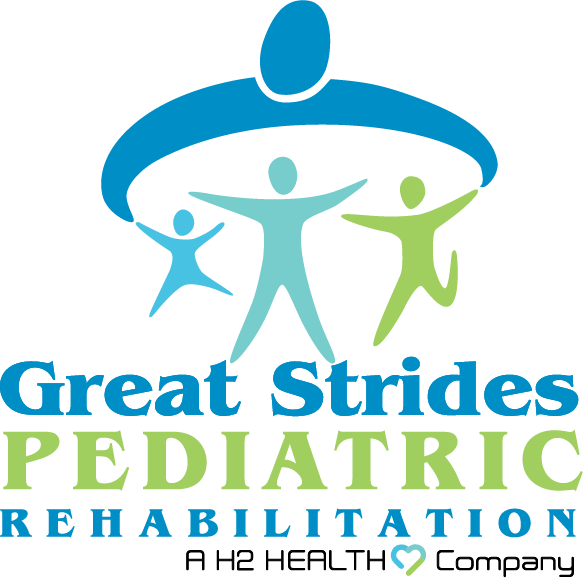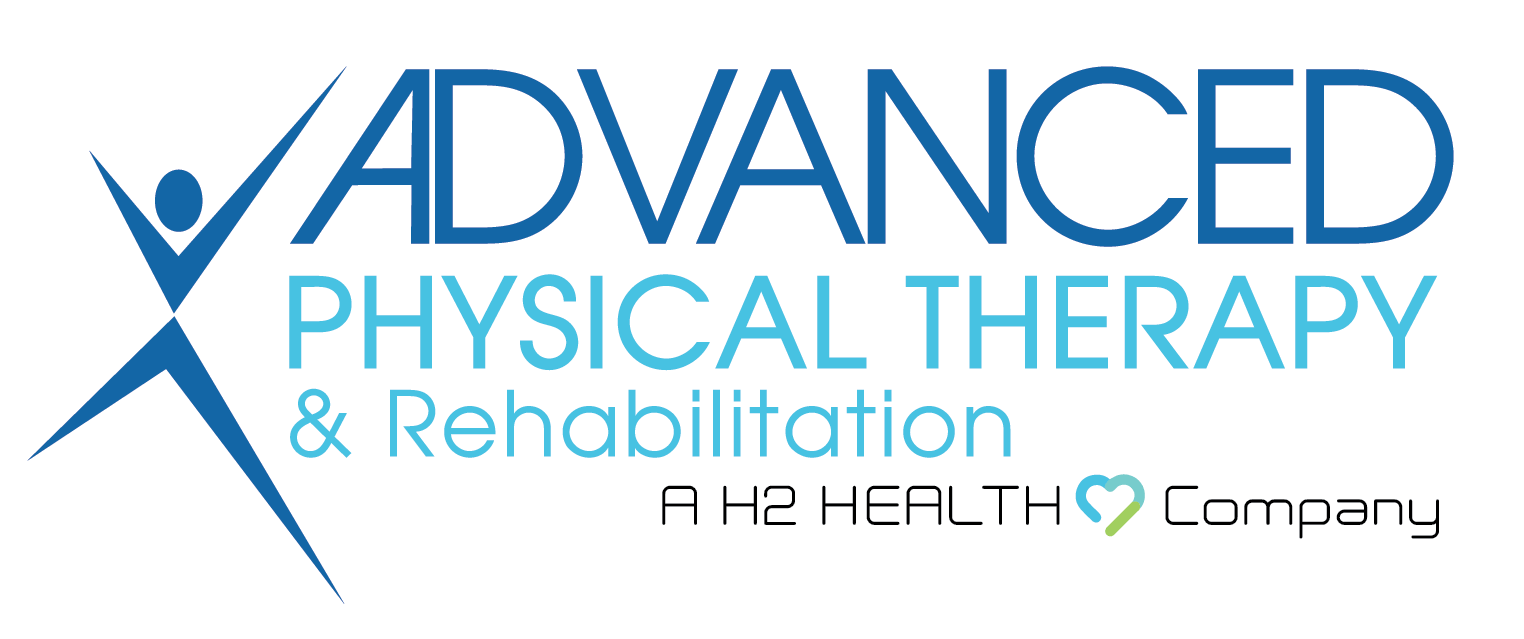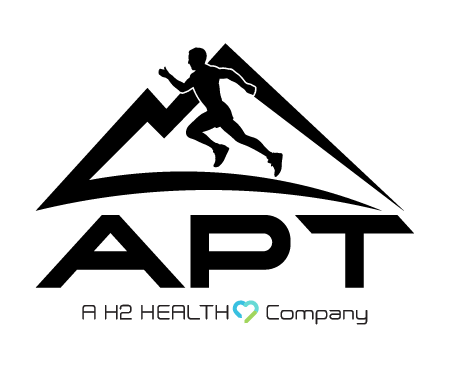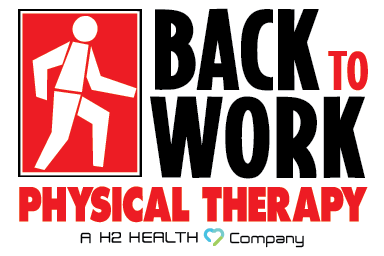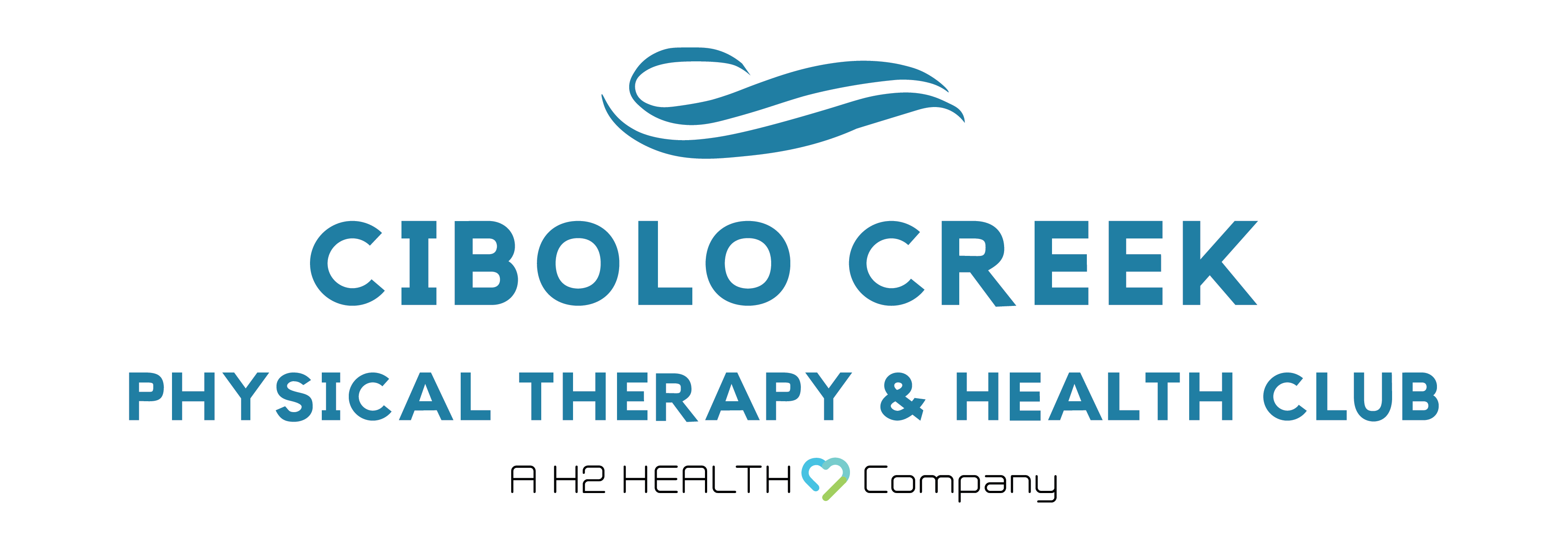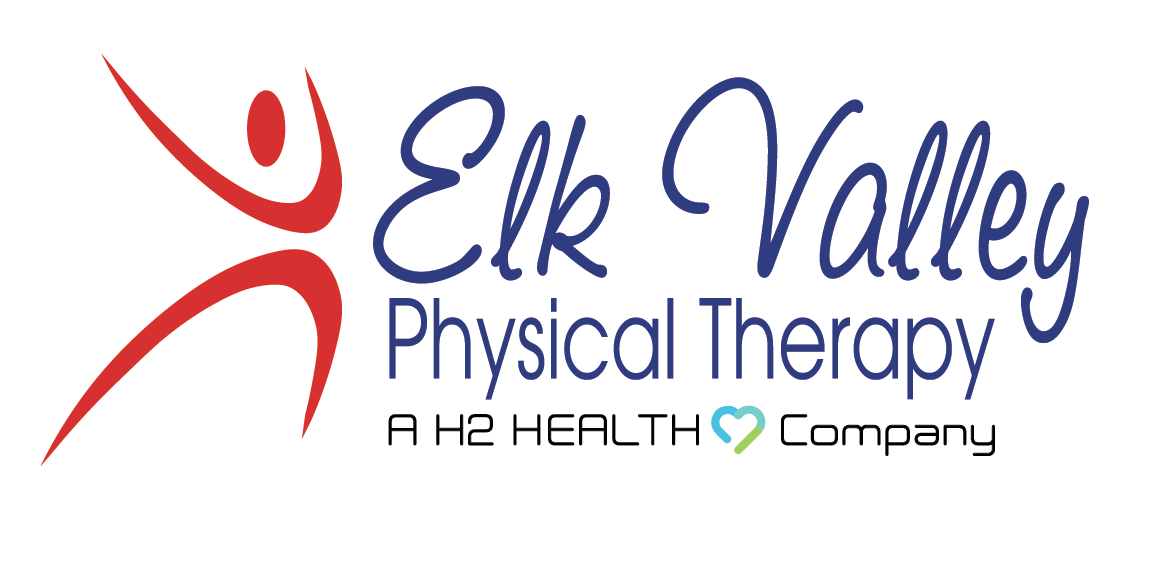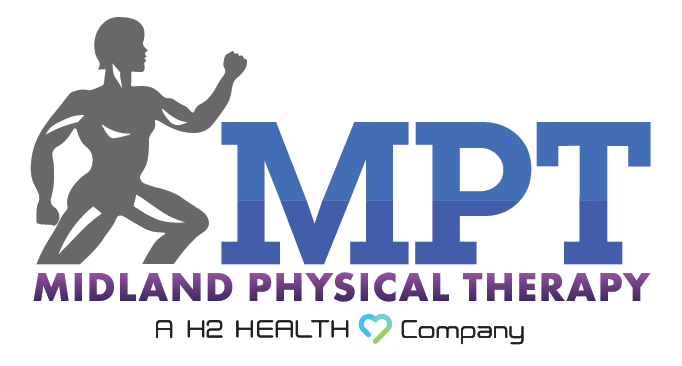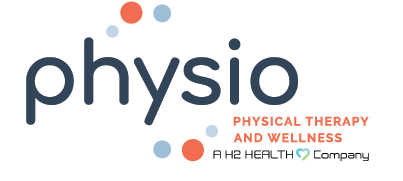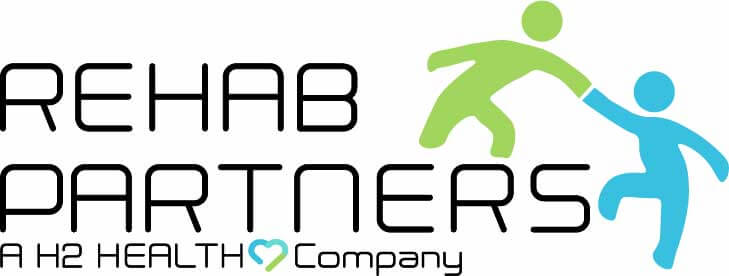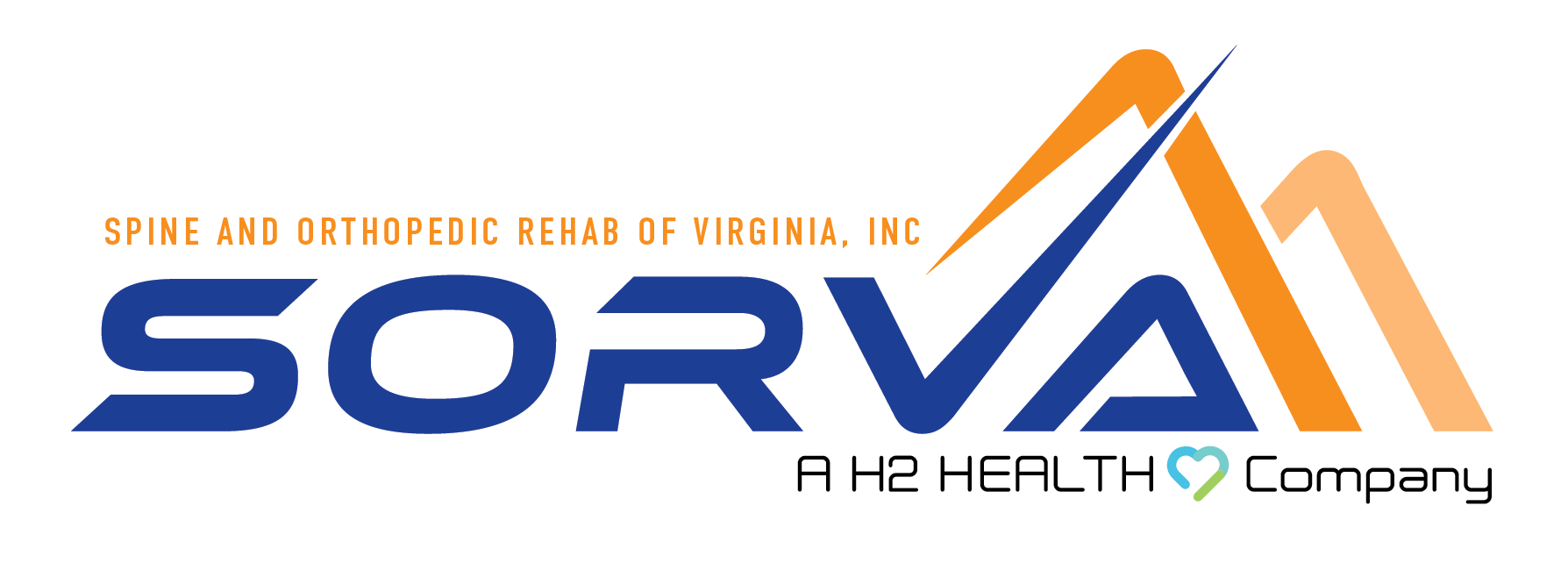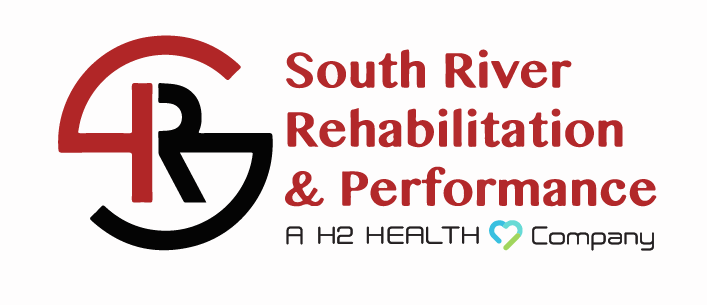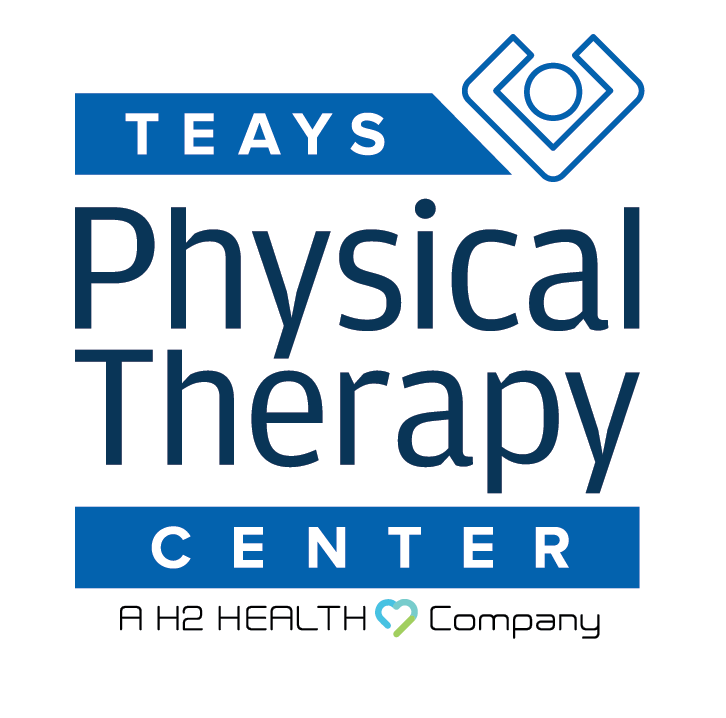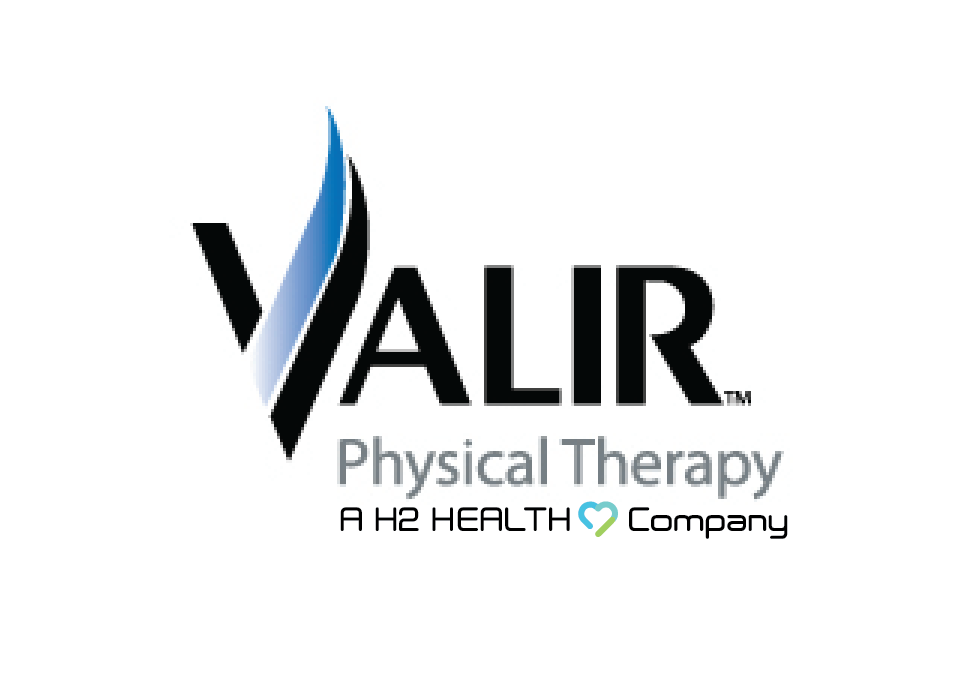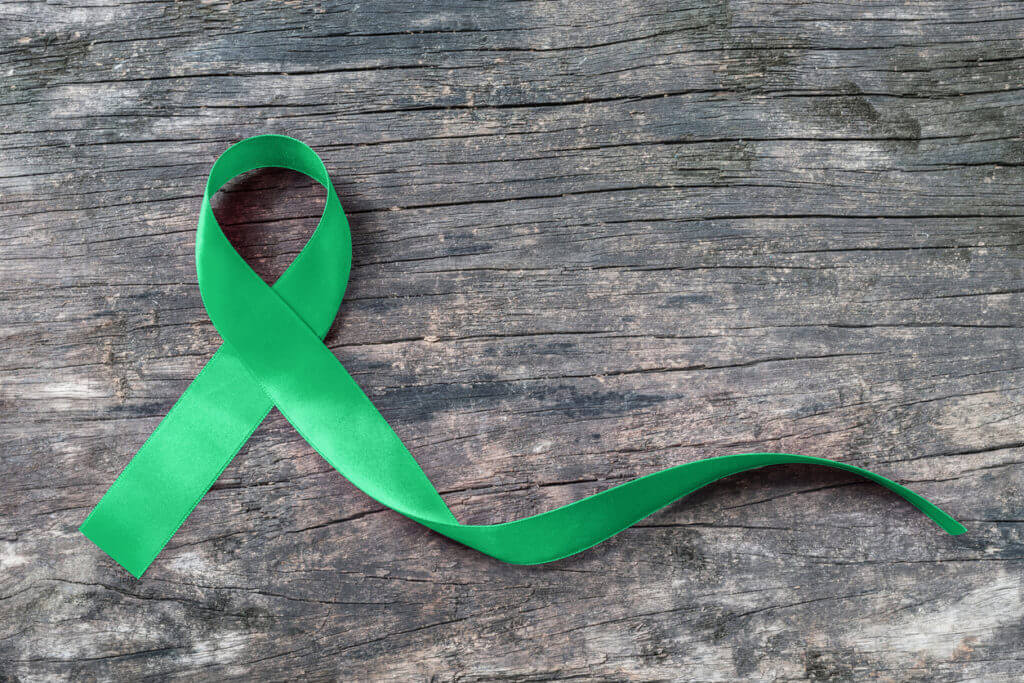
Are you aware that every 9 seconds, one person in the United States suffers from a traumatic brain injury (TBI)? The impact can be so severe it can affect a person’s personality, mood, career, and even the ability to function independently. March is Traumatic Brain Injury Awareness Month, and it’s a great opportunity to raise awareness about this phenomenon and offer strategies to avoid this “invisible disability.”
This month is the perfect time to educate yourself on how physical therapists can help people with TBI.
What Causes TBI?
TBIs are caused by a blow or jolt to the head or body, disrupting normal brain function. Concussions are a common type of TBI that occurs after direct or indirect force to the head.
Situations that may contribute to this health problem include are:
- Motor vehicle accidents – the leading cause of traumatic brain injury in the United States
- Sports-related injuries – in young people
- Falls – in older adults
- Physical violence – unfortunate but common cause as well
Do not think twice about seeking help from professionals. Physical therapists can assist individuals with TBI in regaining physical function, learning daily routines again, and enhancing their fitness and overall health.
Physical Therapy for Traumatic Brain Injury
Post-Concussion Syndrome (PCS) is a condition that can occur after a person sustains a TBI. It is characterized by various physical and psychological symptoms that can last for weeks or months after the initial injury. Symptoms may include the following:
- Headache
- Dizziness
- Neck pain
- Muscle tension
- Exercise intolerance
- Cognitive deficits, in some instances
Physical therapy and intense exercise have been used to treat post-concussion symptoms, though there is no one-size-fits-all approach. Physical therapists must evaluate the individual patient to assess potential signs and symptoms of an undiagnosed concussion, as post-traumatic headaches are more prevalent after TBIs. These may be recommended to treat symptoms:
- Stretches
- Strength and motion exercises
- Eye exercises
- Hands-on techniques such as massage
Given its potential to alleviate PCS symptoms, physical therapy is also instrumental in improving balance, reducing muscle tension, and regaining strength. By gradually increasing activity levels in a safe manner, exercise intolerance can also be lessened.
Because concussions may range from mild to severe, physical therapists are encouraged to refer patients as needed. Further assessment may be warranted since concussions can be complex, thus requiring a team of health professionals for management.
Why Is Physical Therapy Needed After a Vehicular Accident
Having a car accident is tough. Injuries sustained from a car accident can profoundly impact your well-being and cause discomfort. Whether your primary care physician suggests it or you are just proactive in seeking care, physical therapy can play a crucial role in aiding your recovery journey.
Physical Therapy Can Speed Up Recovery
Car accidents can result in a range of injuries that can take a toll on a person’s physical and mental well-being. The recovery process can be long and painful, but physical therapy can help speed it up.
The treatment usually involves two visits to a physical therapist per week. The overall duration may range from several weeks to several months, depending on the injury’s severity. Your therapist will monitor progress and use exercises to enhance the body’s natural healing process. This should enable you to carry out your daily activities comfortably and securely in a shorter period.
Physical Therapy Can Restore Range of Motion
Pain and stiffness from an auto accident injury can limit the range of motion. Physical therapy can help restore it, preventing the worsening of pain and injury. For instance, if you have whiplash, a physical therapist can help you regain the ability to turn your head without pain.
Preventing Long-Term Damage
Physical therapy helps the body heal properly, avoiding internal scarring and preventing chronic pain and headaches. Your physical therapist will monitor progress and adjust exercises to meet specific needs, promoting overall health.
Physical Therapy Can Reduce Pain
With regular sessions, treatment can help manage pain and reduce reliance on pain medication. Exercises chosen by the physical therapist gradually increase in intensity, restoring blood flow and reducing pain.
Support Post-Op Rehabilitation
Timely and continuous care can support spinal health and improve mobility, balance, and flexibility. If surgery is necessary, physical therapy can be part of the pre-op preparation and post-op rehabilitation, bringing all the benefits outlined above.
Brain Safety Starts with You
It’s crucial to recognize the signs of a concussion and seek medical attention if necessary. However, as the saying goes, prevention is better than cure.
Some prevention methods would include:
- Wearing proper safety gear during sports and recreational activities
- Wearing a seat belt when riding a motor vehicle
- Improving lighting at home
- Being aware of your surroundings when out and about
- Practicing safe driving techniques
Trauma to the head or body can have serious consequences, not just for individuals but for families too. Reducing the risk of brain injuries should be a priority.
Physical Rehabilitation Center in Florida
At H2 Health, we understand the impact of brain injuries and are committed to helping patients overcome their symptoms. No two concussions are exactly the same. That’s why we offer personalized treatment plans that cater to each individual’s unique needs. Our concussion management experts will guide you through rehabilitation, whether it takes days, weeks, or months.
If you or someone you know has suffered a brain injury, it’s time to take control and seek help. Call H2 Health at (800) 699-9395 today or use our online appointment request form to schedule a consultation and start your journey toward recovery.

